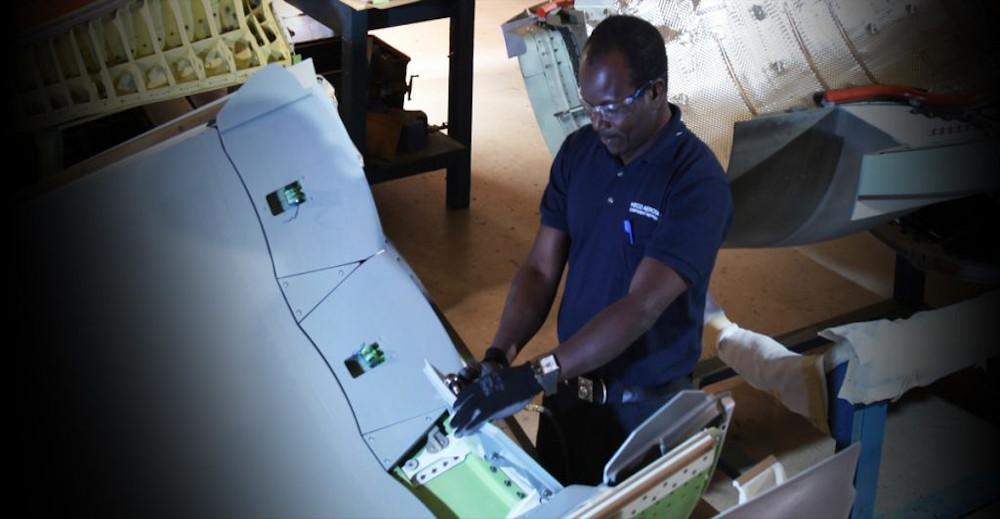Used Parts Growing Strongly But Buyers May Wait Til Next Year For Major Volumes

The aircraft aftermarket changed dramatically, mostly for the worse, during COVID. Fortunately, a panel of experts at ILS’s recent aftermarket conference sees a different and perhaps better aftermarket after the pandemic ends.
Panel chair Richard Brown, managing director of the Naveo consultancy, reported that his survey for ILS of about 50 MROs, airlines and distributors foresees much greater exploitation of used parts.
With used prices 40-60% of OEM charges, 65% of respondents have already increased use of this option, some up to 20% or more. A fifth of surveyed companies expect used parts to grow over 20%, and more than a third predict an increase of 10-20%.
Tim Fischer, general manager at Delta Tech Ops, said his MRO has tapped used-part markets extensively for its parent carrier, but some third-party customers have declined this choice. “Now, that is changing,” Fischer says. “If you have the inventory and can execute quickly, there is a huge opportunity.”
Tom Wilson, VP at Ametek, said his company purchases used parts when it can, but expects it will be late 2022 before a lot of used parts will be available. “Some people are trying to sell big-ticket items like APUs, but availability is lighter than we thought.”
Josh Wilson, VP business development at Wyatt Aerospace, noted that 2020 aircraft retirements, about 670, were lower than expected. Wilson said the key to success in the used art market is still “finding the right aircraft to tear down for the right part and having the right inventory.”
In short, the aircraft retirement and tear-down market is still taking a bit longer than expected to generate a truly plentiful supply of many used parts. Other coming changes in the aftermarket were also noted by panel discussants.
Tech Ops’s Fischer said Delta used a lot of green-time engines during the crisis, pushing heavy events out. “Now we see a heavy load of heavy events coming down the road.”
Tech Ops continued investing strongly in new repair technologies during the crisis and will be able to offer more repairs instead of replacing parts in the future.
For companies that want to sell parts to Tech Ops, Fischer recommended flexibility and paying close attention to the MRO’s actual part needs.
Tom Wilson observed that OEMs’ plans for vertical integration went awry during the crisis. “They won’t be nearly aggressive on PBHs.” But he predicts that the days of an independent MRO simply offering to repair a single component are over. “You have to add more services, for instance back-to-back PBHs, flat-rate pricing and integration with customers.”
HEICO VP Pat Markham is seeing “a lumpy recovery” in his markets. Many carriers who used green-time components to save cash are now out of green time. “A lot of checks will be heavy checks and when they do heavy maintenance they need a lot of parts. We are looking forward to that.”
HEICO is now expecting a bigger bow wave in engine work than it did before the crisis. And that could have major effects. Even pre-COVID, there was stress on the engine supply chain. “Now, maybe some parts are no longer there,” Markham said. “Where the supply chains is broken we have to make sure we fix it.”
Markham said barriers to PMAs have been falling for years, and COVID accelerated the decline in remaining barriers. “Lessors are trying to do whatever they can to keep aircraft flying to get revenue, so a lot of lessor are more flexible on PMAs. That’s huge.”
Carriers and lessors are also much more focused on part price after COVID. For PMA providers, “it’s time to go back and talk to them.”





